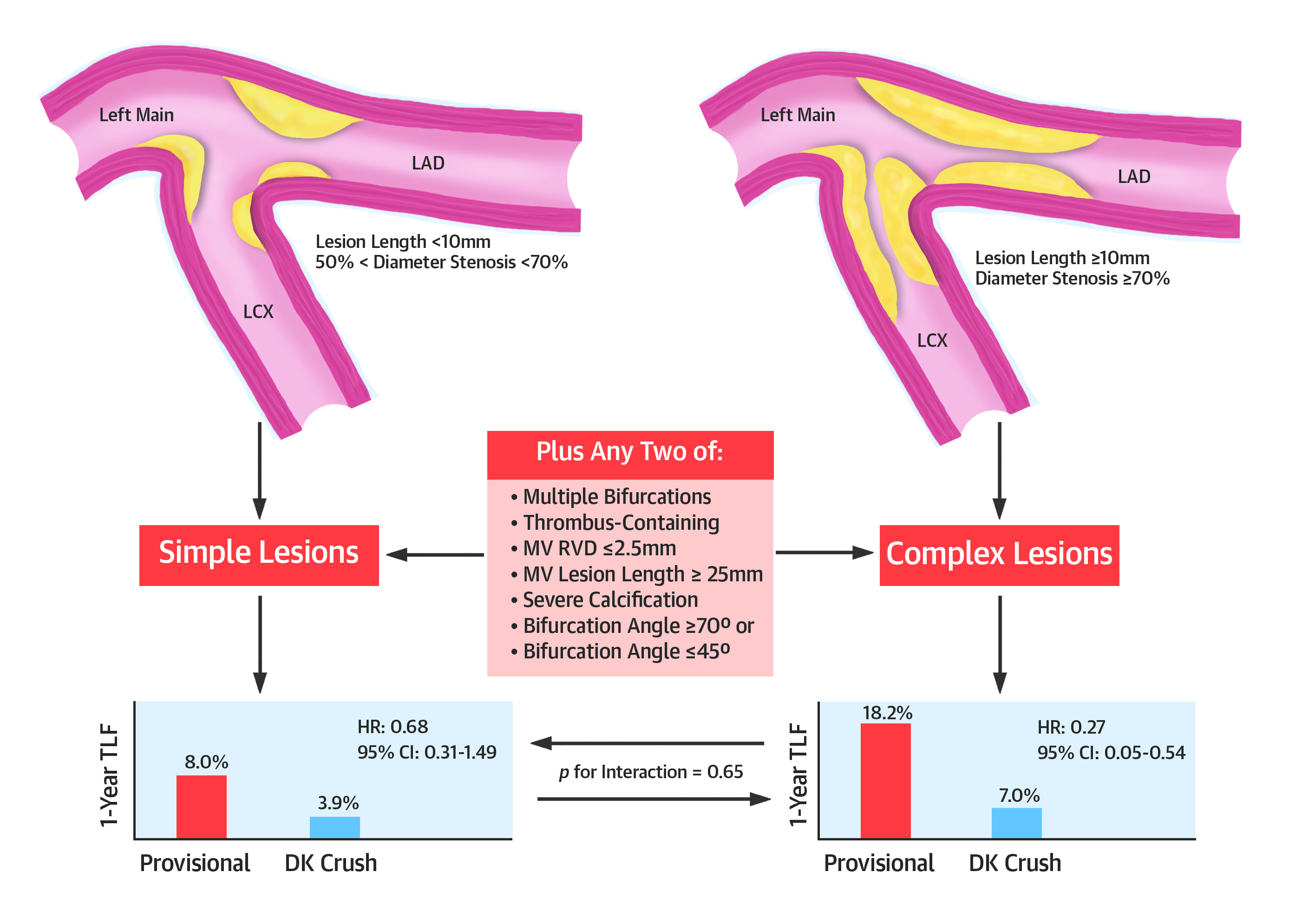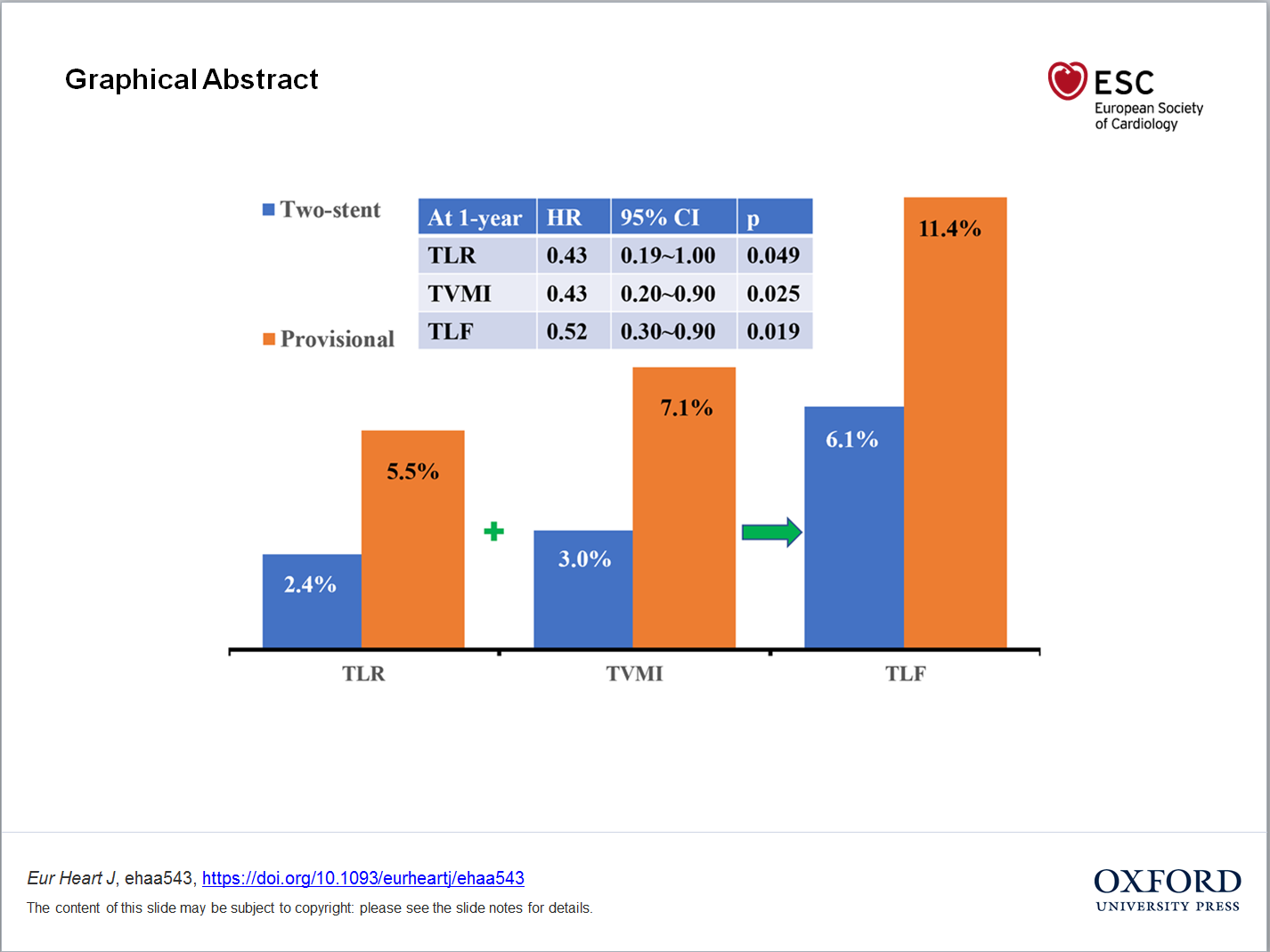CBS2017 CALENDAR
Event Highlights
News
Redefinition from the Heart
DK Crush and PADN at TCT2017
CBS2017
丨Nov 06,2017

Rome wasn’t built in a day. Twelve years have passed, since prof. Shao-Liang Chen invented the double kissing crush technique (DK crush). Meanwhile, DKCRUSH study series has developed from DKCRUSH-I to DKCRUSH-VII. With the late-breaking clinical trial of DKCRUSH and Left main bifurcation operation demonstration, Chen et al have trigger a heated debate of DK crush and pulmonary artery denervation at TCT2017 this time after the first live case broadcast in 2011.
Denver, October 30, 2017, 11:40 a.m.- With the Late-Breaking Clinical Trial of DKCRUSH-V at TCT2017 - PCI of true distal left main (LM) bifurcation lesions with a planned double-kissing (DK) crush two-stent strategy compared with provisional stenting results in less target lesion failure at 1 year follow-up, according to the results of the randomized DKCRUSH-V trial presented at TCT2017. Lead investigator Shao-Liang Chen and colleagues conclude in their paper and published simultaneously in the Journal of the American College of Cardiology. For the DKCRUSH-V trial, 484 patients were randomized with true distal unprotected LM bifurcation lesions to either provisional or DK crush stenting. At 1 year, the risk of the primary endpoint of target lesion failure (composite of cardiac death, target-vessel MI, or clinically driven TLR) was lower in the DK-crush arm than in those treated with provisional stenting (5.0% vs 10.7%; HR 0.42; 95% CI 0.21-0.85). In an accompanying editorial, Emmanouil Brilakis, MD, PhD; M. Nicholas Burke, MD; and Subhash Banerjee, MD (Minneapolis Heart Institute, MN), wrote that “DK crush technique is a perfect illustration of the ‘no pain, no gain’ concept” as the strategy is “more challenging than provisional stenting, but will benefit the patients, which is what matters the most.”

Coronary Theater/Theater Wing/ Exhibit Level, November 1, 2017, 8:00 a.m. - Live Cases PADN with Radiofrequency Catheter - Pulmonary arterial hypertension (PAH) is a severe disease characterized by progressive right ventricular (RV) failure resulting in premature death and no effective treatment so far. Anatomic and pathological studies have revealed marked hypertrophy of the muscular layer of the pulmonary artery in patients with PAH, suggesting active vasoconstriction. On the basis of previous findings, prof. Chen invented a procedure named pulmonary artery denervation (PADN) to treat life threatening PAH which responding not optimally to medical therapy. A live case of PADN has shown good efficacy and safety at TCT2017. The results of the PADN study were published at the beginning of 2016 in the Journal of the Circulation: Cardiovascular Interventions. Technical success (defined as the reduction in mean pulmonary arterial pressure by a minimal 10% post PADN) was achieved in 94% patients, and without periprocedural deaths or severe major adverse events. At 1 year, eight patients (12%) died, 6 patients (9%) were PAH-related death. “This is an exciting technology and device innovation, because there was little treatment option for patients with pulmonary hypertension in the past." Experts spoke highly of PAHD after the demonstration.
Main Area/Ballenco Theater/Meeting Room Level, November 1, 2017, 10:00 a.m. - Live Cases DK crush for Left Main Distal Bifurcation Lesions - Based on balloon crush technique, DK crush technique is pioneered by prof. Chen in 2004. The first kissing inflation was performed immediately after balloon crush of the implanted SB stent. Key points of DK crush technique include rewiring the SB from the proximal stent cell, and using of the non-compliant balloon to complete the high quality of the kissing inflation. After the successful live case demonstration at TCT2017, prof. Chen noted that the success of the operation is due to the following points: 1) risk stratification is required before determining the strategy of LMB PCI. PCI of left main coronary stenosis as a safe alternative to coronary artery bypass grafting in patients with low and intermediate SYNTAX (Synergy Between Percutaneous Coronary Intervention With Taxus and Cardiac Surgery) scores ; 2) to stratify the best LM stenting strategy, LMBs are classified as simple or complex on the basis of the criteria in the DEFINITION study; 3) DK crush may be a better option for these patients with complex LM bifurcation lesions; and 4) use IVUS/OCT guidance to further optimize the precise application of DK crush technology.
Remain true to our original aspiration and keep our mission firmly in mind. The achievement is only a little milestone that prof. Chen and his team are on the way of realizing their dream of Chinese doctors who try to benefit more global cardiovascular patients with solid clinical research.

Upnext
NEWS丨CBSMD
CBSMD丨Jun 28,2020

Upnext
NEWS丨CBSMD
CBSMD丨May 14,2020
